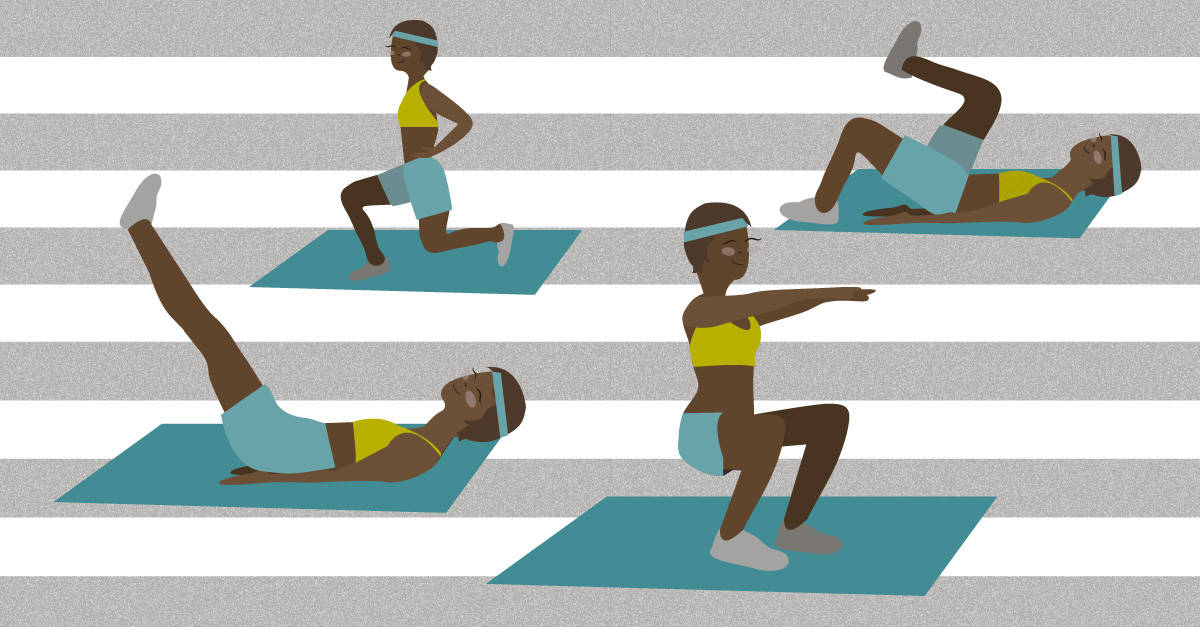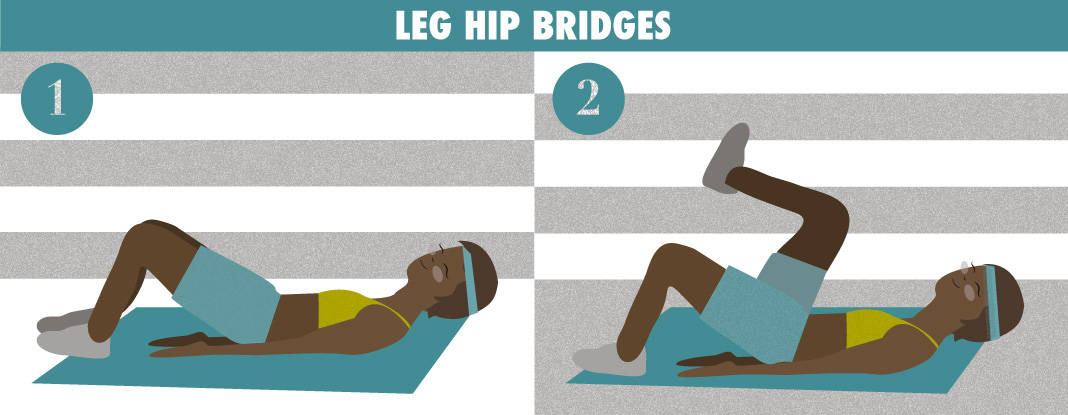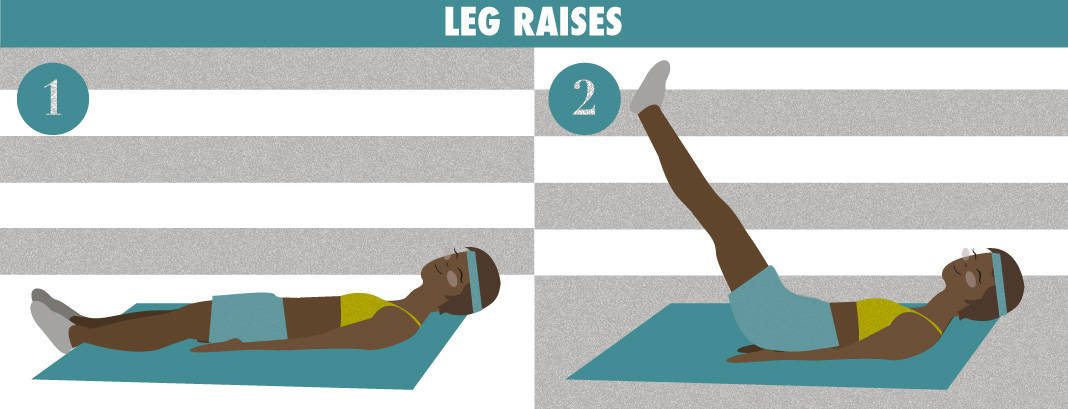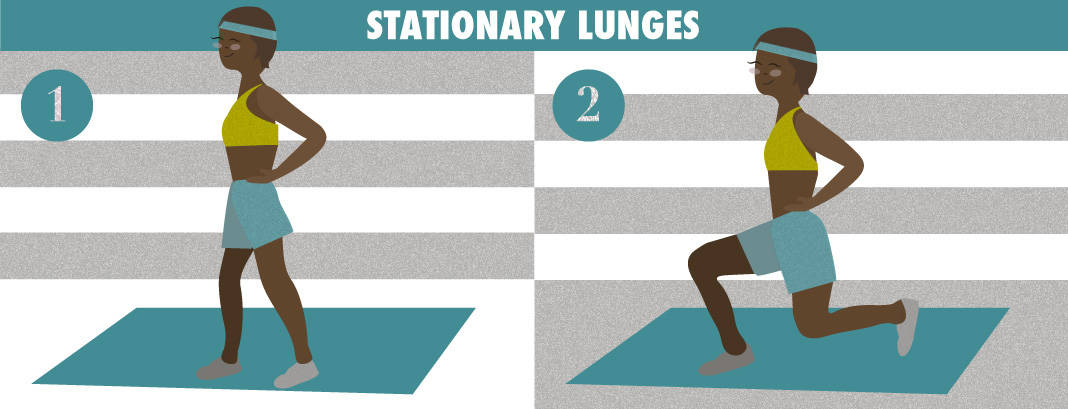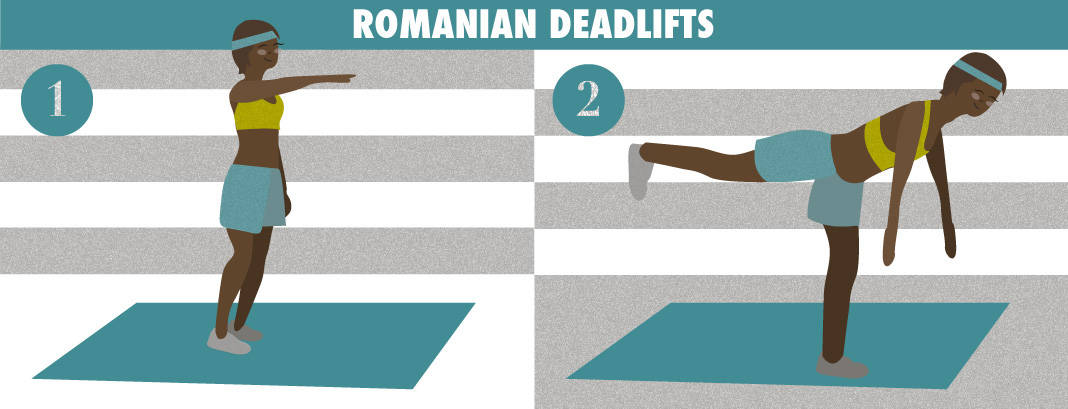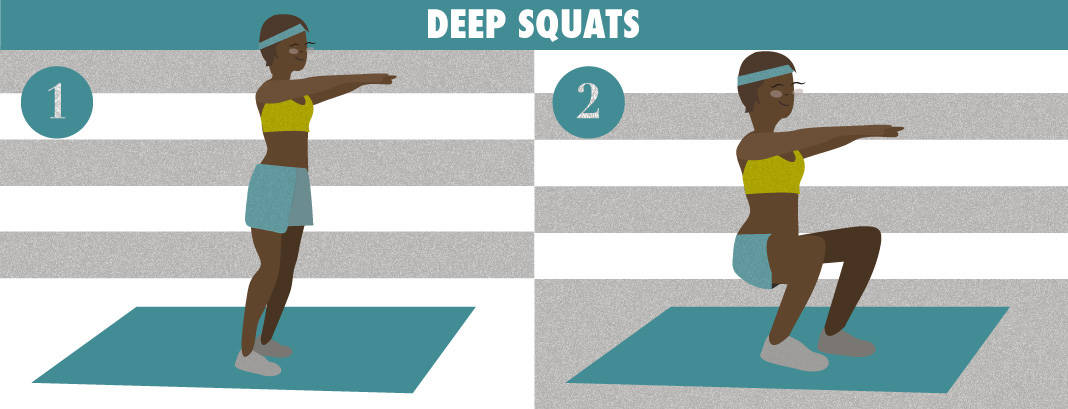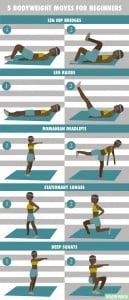 Easy steps to start a bodyweight exercise routine
Easy steps to start a bodyweight exercise routine
The American College of Sports Medicine predicted body weight training as one of the top fitness trends in 2014—and for good reason. Research has found that bodyweight training can increase flexibility and boost both metabolism and muscle strength.
Yet despite its benefits, many people are puzzled by body weight exercise, even though it’s fairly simple. “Body weight training is the use of one’s own body as their tool of resistance along with the force of gravity,” says strength-training expert Mike Clancy, founder of MikeClancyTraining in New York City. “In simple terms, it’s exercising using one’s body as a weight. It involves manipulating the position of one’s body to work various muscle groups.”
Since our bodies are by their nature designed to perform various motions and movements, says Clancy, body weight training is a great way to complement these motions and movements. A body weight exercise routine involves moving quickly from one exercise to the next, taking seconds-long rests in between each one to spike both heart rate and calorie burn. According to a 2012 study in the Journal of Athletic Training, these short bursts of exercise are just as effective as standard two-hour sweat sessions.
That’s not to say dumbbells and kettlebells don’t offer exercise value. But body weight exercises allow you to work and tone different muscle groups, and may reduce your injury risk. It also means you’re not limited to the gym for a workout—good new for busy people everywhere.
Bonus: Body weight exercises are low impact, or joint-friendly, so you can do them as often as you need or like. You can add them to an already established routine or gradually introduce them to maximize your workout. A study published in the journal Medicine & Science in Sports and Exercise found that a person’s physical performance and muscle size benefits regardless of what a person does first.
And body weight training can be adjusted to any age and fitness level. “I have personally noticed that general bodyweight strength improves as age increases, to the surprise of many,” says Clancy. “The trick is to go back to basics. Mastering the foundational movements will help establish a strong base and core.”
It also won’t bulk you up. “Women typically don’t gain size from strength training—they have 10 to 30 times less of the hormones that cause muscle hypertrophy,”says Joey Gonzalez, owner of Barry’s Bootcamp New York. And there’s no getting around it: Building muscle is what plays a key role in a person reducing their overall body fat, says Gonzalez.
And if you don’t work on your muscle mass, you’ll affect your metabolism. Losing muscle mass increases the risk of developing metabolic diseases like type 2 diabetes and cardiovascular disease, according to research from Tufts University. Although this loss can naturally occur as we age, the same research also finds strength training may help that old muscle grow.
Clancy advises bodyweight beginners to start out by holding certain positions in proper form for an extended time; then add contractions and dynamic motions. For example, develop static strength in a push-up by holding your body still with perfect form (hips and shoulders at the same level, head up, elbows locked out). Then, as with any other exercise, progress the more comfortable you feel.
Some of Clancy’s favorite body weight moves focus on the lower body: Leg Hip Bridges, Leg Raises (hold with straight legs), Stationary Lunges, Leg RDL (aka Romanian Deadlifts), and Deep Squats (with a pause at the bottom).
Embed Graphic Thumbnail
